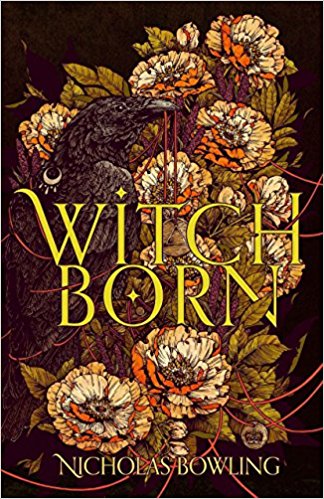Witchborn
1577. Elizabeth I has returned England to a moderate Protestantism. However, some think that her cousin, the Catholic Mary, Queen of Scots, should be queen. The country is deeply divided; medieval superstition has not yet given way to rational science. Even the queen seeks advice from Dr John Dee, accused by many of being a wizard.
Alyce, fourteen-year-old daughter of the local wise-woman in Fordham, Essex, is forced to flee when a witch-finder burns down her home and her mother is killed. All Alyce has is a letter for Dr John Dee in Bankside, London, which she is desperate to deliver. But first she’s got to get there and someone is desperate to stop her.
The novel’s press release calls Witchborn ‘a dark, twisty, and thrillingly original Elizabethan fantasy, exploring true history through a magical lens’. That is largely true, but, for me, it’s more than simply a ‘fantasy’. The author plunges us into an authentic Tudor London: dirty, smelly, where the old medieval streets have rotting houses; where life is cheap; and poor, vulnerable girls, like Alyce, can only ever hope to scrape the bottom of the barrel. Alyce is cold and filthy at the beginning of the book and things only get worse as she rarely has enough to eat, and constant rain soaks her.
Alyce herself believes that she has magical powers, and that the men who are after her deal in the dark arts. But, what is so clever about Witchborn is that the whole zeitgeist of the times encourages the irrational, and superstition is a powerful weapon for those who would rule others. The characters themselves believe in magic, but, underneath, the reader can glimpse the self-delusion, the twisted psyches, and the desperation to control the chaos.
Highly recommended. This author is one to watch.










